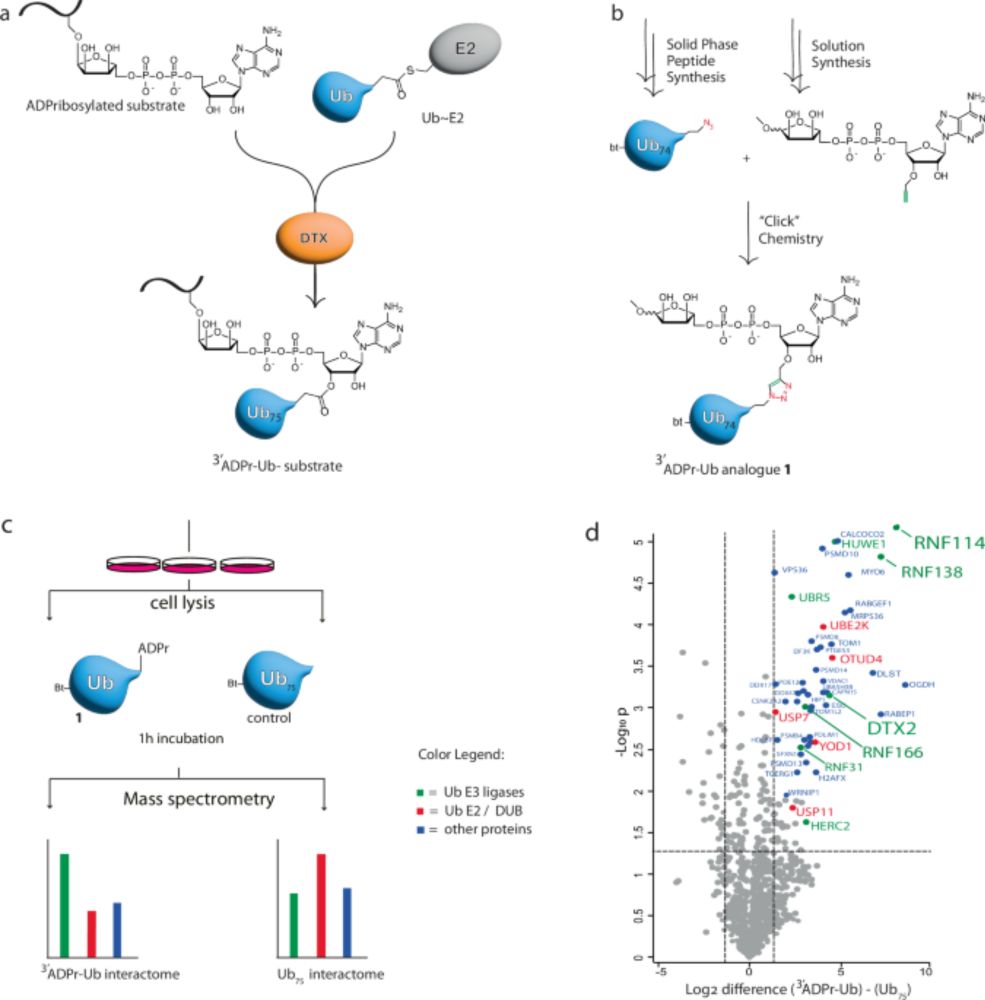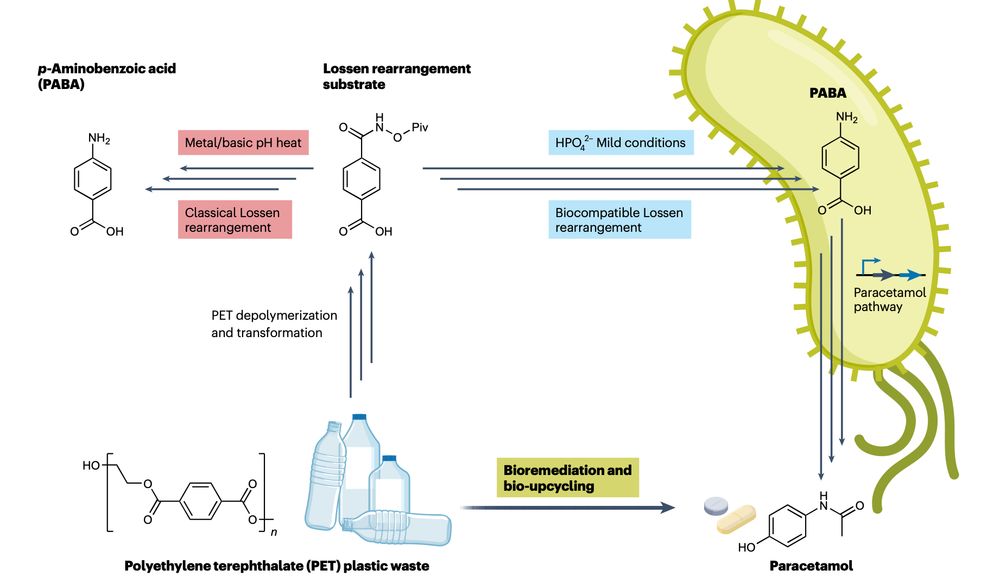Andrii Gorelik
@andriigorelik.bsky.social
340 followers
250 following
16 posts
Sir Henry Wellcome Fellow | Oxford with Ivan Ahel & Harvard with Steve Gygi
Molecular mechanisms of cysteine modifications | GlcNAc and ADP-ribose
Previously: The Francis Crick Institute/Imperial College London (postdoc), University of Dundee (PhD)
Posts
Media
Videos
Starter Packs
Reposted by Andrii Gorelik
Reposted by Andrii Gorelik
Andrii Gorelik
@andriigorelik.bsky.social
· Aug 28
Andrii Gorelik
@andriigorelik.bsky.social
· Aug 28
Andrii Gorelik
@andriigorelik.bsky.social
· Aug 28
Andrii Gorelik
@andriigorelik.bsky.social
· Aug 28
Andrii Gorelik
@andriigorelik.bsky.social
· Aug 28
Andrii Gorelik
@andriigorelik.bsky.social
· Aug 28
Andrii Gorelik
@andriigorelik.bsky.social
· Aug 28

MYC deregulation sensitizes cancer cells to N-myristoyltransferase inhibition
Human N-myristoyltransferases (NMTs) catalyze N-terminal protein N-myristoylation and are promising targets in cancer, with an emerging mechanistic ra…
www.sciencedirect.com
Reposted by Andrii Gorelik
Reposted by Andrii Gorelik
Reposted by Andrii Gorelik
ahellab.bsky.social
@ahellab.bsky.social
· Jul 10

Identification of RNF114 as ADPr-Ub reader through non-hydrolysable ubiquitinated ADP-ribose - Nature Communications
Deltex E3s modify ADP-ribosylated targets with ubiquitin, creating a hybrid modification whose readers remains unknown. Here, the authors synthesise a non-hydrolysable probe that mimics the modificati...
www.nature.com
Andrii Gorelik
@andriigorelik.bsky.social
· Jul 10

Identification of RNF114 as ADPr-Ub reader through non-hydrolysable ubiquitinated ADP-ribose - Nature Communications
Deltex E3s modify ADP-ribosylated targets with ubiquitin, creating a hybrid modification whose readers remains unknown. Here, the authors synthesise a non-hydrolysable probe that mimics the modificati...
www.nature.com
Reposted by Andrii Gorelik
Andrii Gorelik
@andriigorelik.bsky.social
· Jun 11
Andrii Gorelik
@andriigorelik.bsky.social
· Jun 11
Andrii Gorelik
@andriigorelik.bsky.social
· Jun 11









